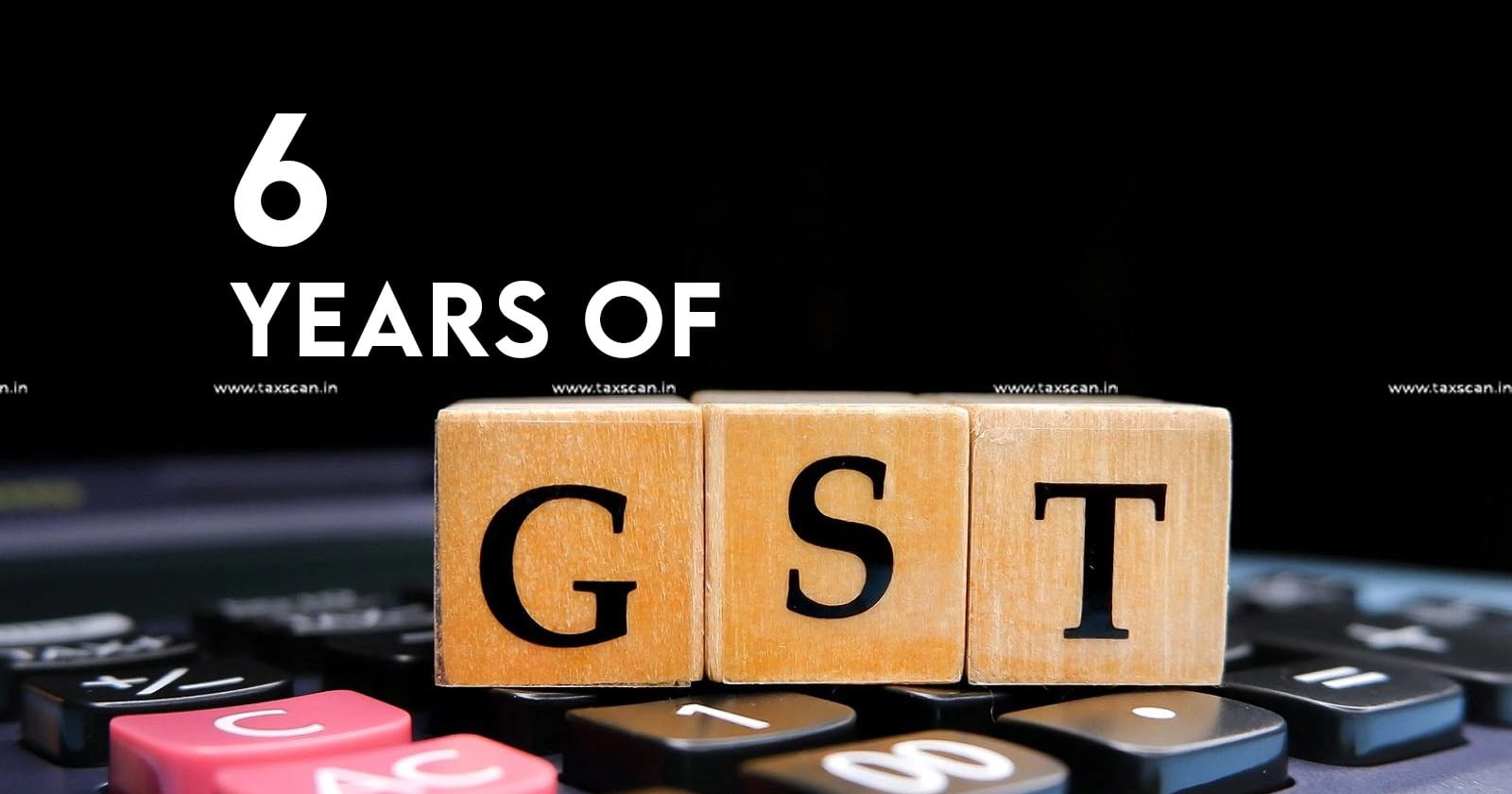6 Years of GST and Still Unsolved Questions

- “Ek Bharat Sreshtha Bharat. GST stands for Good and Simple Tax. It is a path breaking legislation for New India. It’s a revolutionary taxation system for the digital India. GST is not just a tax reform, but it is a landmark step towards economic and social reforms”- PM Narendra Modi
GST (Goods and Services Tax) is an indirect tax which has replaced many indirect taxes in India such as the excise duty, VAT, services tax, etc. The Goods and Service Tax Act was passed in the Parliament on 29th March 2017 and came into effect on 1st July 2017. GST is levied on the supply of goods and services. Goods and Services Tax Law in India is acomprehensive, multi-stage, destination-based tax that is levied on every value addition. GST is a single domestic indirect tax law for the entire country.
The GST Regime not only boasts one of the highest tax rates but it consists of the largest number of tax slabs. Having said that the compliance burdens, technical as well as compliance issues are still growing.
- The Tax payers still face difficulty as the Goods and Services Tax Appellate Tribunal (GSTAT) has not been constituted. The prime necessity for creating a GSTAT is to settle disputes between the Taxpayers and the Government at both the central and state levels. Hence the Constitution of an Appellate tribunal is necessary because the issues in relation to the number of disputes, refunds etc growing daily.
As per the reports, the coming GST council meeting has a high chance to approve the appellate tribunal branches and the appointment of the officers in each state. It is likely to approve 50 appellate branches all over the nation
Read More: Upcoming GST Council Meet expects to approve 50 Appellate Tribunal Branches
- The Pan Masala issue is also an unsolved question even after 6 years of GST. The Centre proposed an amendment in the Schedule of the GST (Compensation to States) Act, 2017 in the finance bill which capped the GST Compensation Cess on Pan Masala and Gutka at 51% of the retail sale price per unit and for Tobacco and manufactured tobacco substitutes, including tobacco products to 100% of retail sale price per unit. Pan Masala is classified as a luxury item and falls under the category of ‘sin goods’, which includes products like tobacco, cigarettes, and alcohol, among others. The high tax rate is meant to discourage the consumption of such products and generate more revenue for the government.
The high GST rate has led to a decline in the consumption of pan masala, as it has become more expensive for consumers. This has affected the revenues of the pan masala industry, particularly the
smaller players, who are unable to absorb the increased costs.
- The Online Gambling issue also remains unsolved. Currently, online gaming attracts 18 per cent GST. The tax is levied on gross gaming revenue, which is the fees charged by online gaming portals.
The report on online gaming, horse racing, and casinos to increase the GST rate to 28% was not taken up at the 49th council meeting in February. There is currently no consensus on whether online games should be considered games of skill or chance and how they should be taxed.
The absence of a clear definition often leads to tax notices being sent to online game portals and subsequent litigations.
Read More: GST Council to Meet Next Month: Cement Tax and Online Gaming on Agenda
- The Cement Tax issues are also unsolved. The high GST rate of 28% for cement products, along with the additional cess of 12%, has increased the cost of production for cement manufacturers. This has led to a reduction in profit margins for the industry. The high GST rate has also led to an increase in the price of cement products, affecting the demand for cement in the market. This has been a major concern for the construction industry, which is a major consumer of cement.
The introduction of GST has simplified the tax structure for cement products. This has reduced the tax burden for cement manufacturers and sellers, as they no longer have to comply with multiple taxes.
Read More: GST Council to Meet Next Month: Cement Tax and Online Gaming on Agenda
Despite six years of GST implementation, there are still unresolved issues such as the rationalisation of tax rates and slabs, and the inclusion of GST on petrol, diesel etc. GST rates on hospitality sector, healthcare sector, petroleum sector, energy sector is not yet revenue neutral.
The saga of unsolved questions continues even after 6 years of GST implementation.
Support our journalism by subscribing to Taxscan premium. Follow us on Telegram for quick updates


